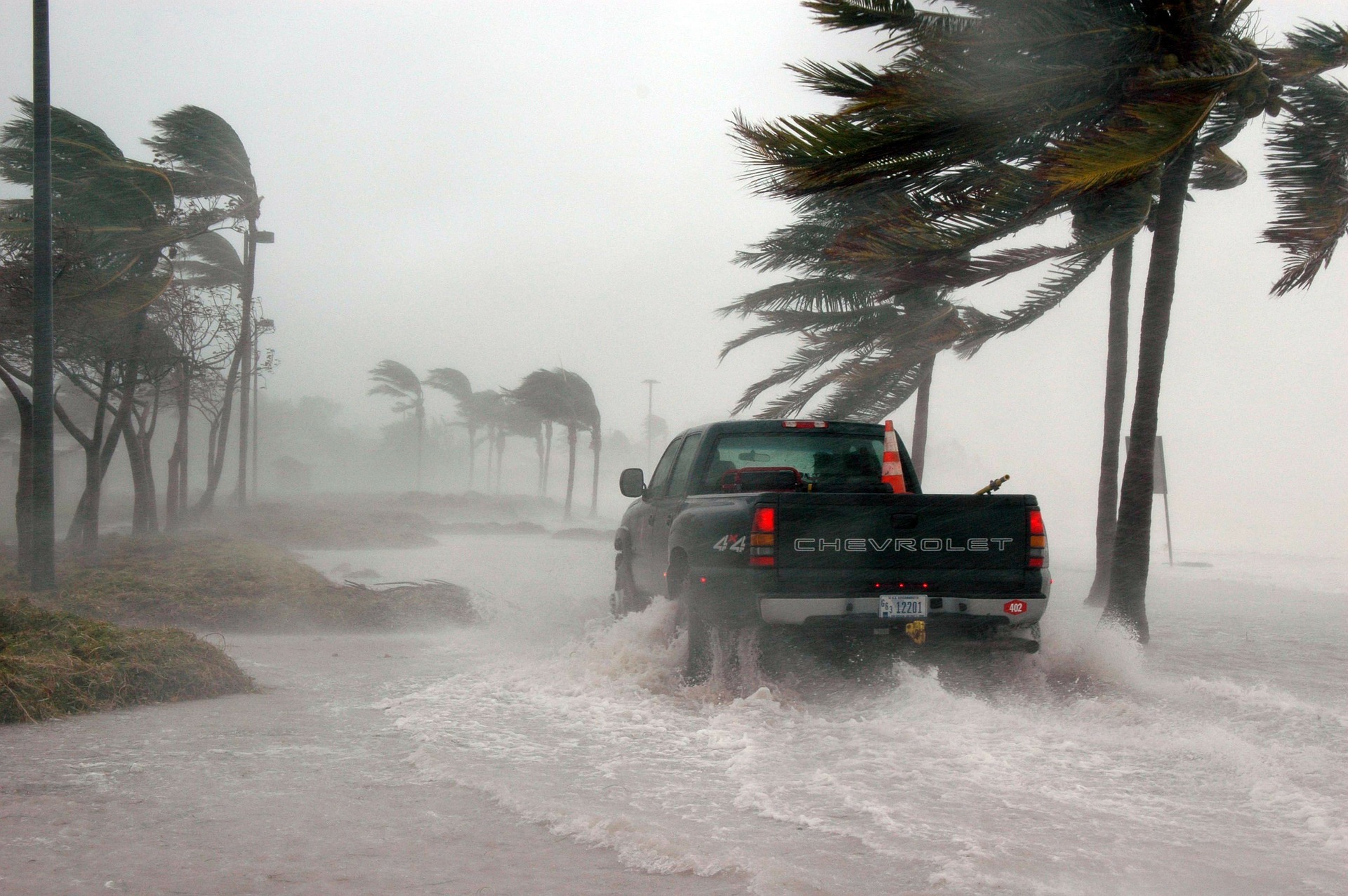
By Lisa Kaplan Gordon
If you read the news, you know that disaster is just one careless campfire or crazed shooter away. Still, nonprofits are little prepared for the hurricanes, tornadoes, wildfires, and shootings that could disrupt operations at any time.
Findings from the 2018 survey of Oregon nonprofit disaster preparedness, one look at nonprofit readiness for disaster, showed that of the 155 nonprofits surveyed, the overwhelming majority thought the possibility of a natural disaster was “likely,” “very likely,” or “almost certain.” Still, less than 40% had formed a disaster committee or held a disaster drill. That’s unfortunate because nonprofits could be doubly tasked with protecting staff and resources, and with helping the community respond and recover from the disaster.
The main reason nonprofits aren’t prepared for disaster, according to the report, is their limited time and money to devote to non-mission activities. Penny Pompei, a nonprofit organization consultant based in Palm Beach, Fla., says board paralysis is a factor, too.
“Nonprofits are run by volunteer boards of directors, and everybody has a different idea about disaster preparedness,” says Pompei. “They know what they’re supposed to do, but they don’t know where to start.”
That’s where we can help. Here are the top ways nonprofits can prepare for whatever acts of God or man might come their way.
Assess your risk
We’re all familiar with ways Mother Nature typically rains disaster – fires, flood, hurricanes, tornadoes. But when forming a disaster plan, Ready.gov says you should consider these possible problems, too.
- Hazardous material spills
- Electrical grid outages
- Mechanical breakdowns
- Cyberattacks
- Active shooters
- Pandemic diseases
- Sinkholes, tsunamis, landslides
- Dam/levee failures
Here are some links to resources that can help you predict and cope with possible disasters in your area.
Flood Map Service Center – FEMA
Earthquake Hazards information – United States Geological Survey (USGS)
Hurricane – FEMA
Landslide Hazards Program – USGS
Survey Your Workplace for Additional Hazards
Back up your data
Without your data, your nonprofit can’t conduct business as usual. And most natural disasters can interrupt the utilities, cable service, cell towers, and servers that funnel your data.
“Without data you have nothing, and it’s always the hardest thing to figure out,” Pompei says.
The sad fact is, no data storage is infallible. But you can only do, what you can do, so consider backing up data using the following tools.
- Writable DVDs, Blu-Ray discs
- External hard drives
- Flash drives
- Cloud storage
Remember: Backup often, and make more than one copy of your most important papers – business license, articles of incorporation, IRS determination letter, mailing lists, donor lists — on two different types of storage media that live in different places.
Make paper copies of insurance documents and bank account information and store them at your CEO’s home.
Grow a telephone tree
In an emergency, you’ll have to reach your staff, clients, and other stakeholders. Before a disaster, create a phone tree, a system for contacting a large number of people by telephone.
The CEO begins by calling a couple of deputies, who each call a few more people, who call more – and on and on until everyone in the organization receives the same message.
Exploit social media
Facebook, Twitter, and Instagram may be your fastest ways to disseminate information and protect your brand during a disaster.
Keep the tone frank but optimistic, Pompei says.
“Even though you may have suffered a terrible blow, you have to get on social media immediately to tell your stakeholders that you will be fine. If your brand gets damaged because of a lack of information, it’s very hard to recover.”
Before disaster hits, write the message you’d want to deliver in an emergency.
“Don’t lie, but use the right words,” Pompei says. “I wouldn’t hurt to have something drafted that you can pull out of your hat. When you’re in a stressful situation, your brain won’t work as well as it could.”
Educate your staff
Once you devise a disaster plan, make sure your staff knows what to do.
Write an emergency plan that is clear and detailed. Make sure every employee has a copy and understands what to do in a variety of disasters.
If you need help devising a plan, take a look at FEMA’s “Every Business Should Have A Plan.”




